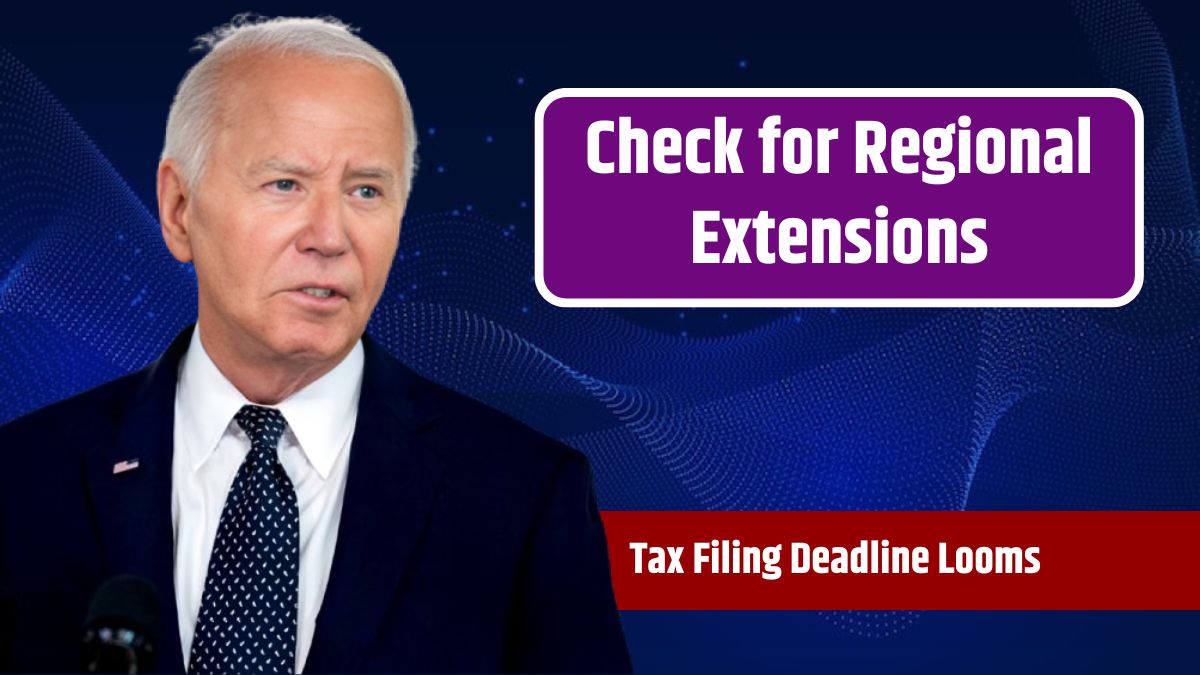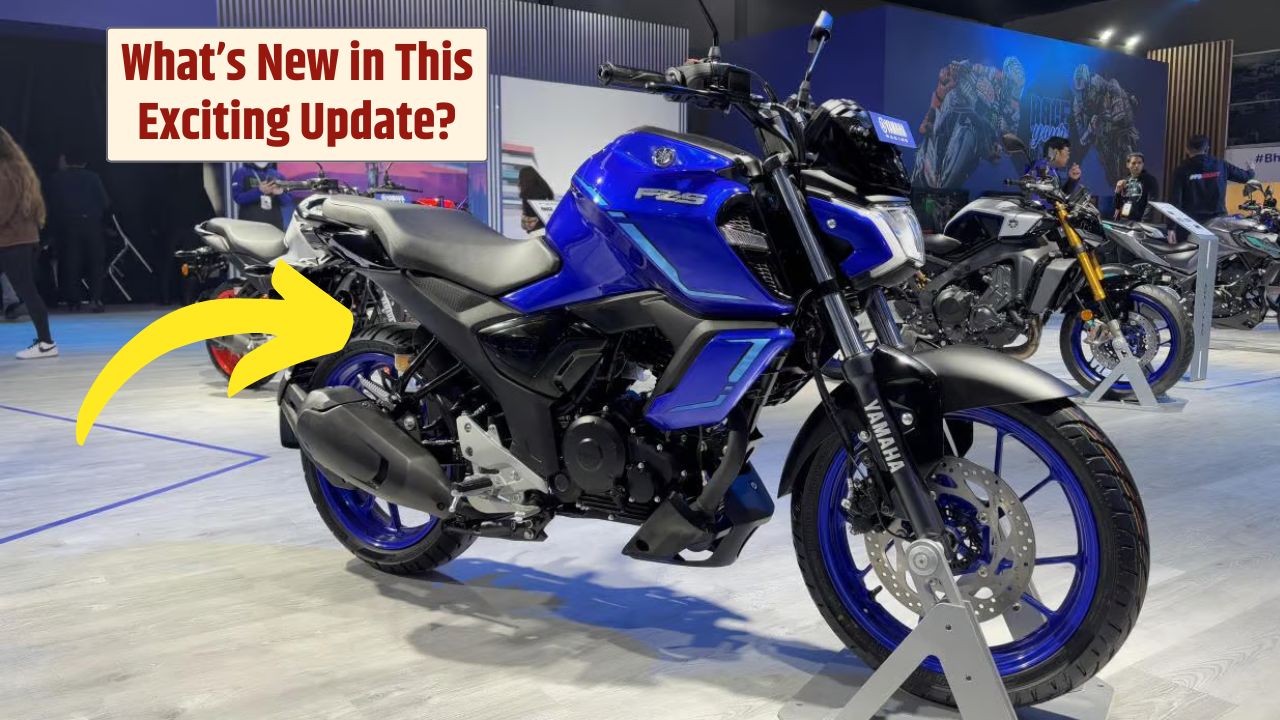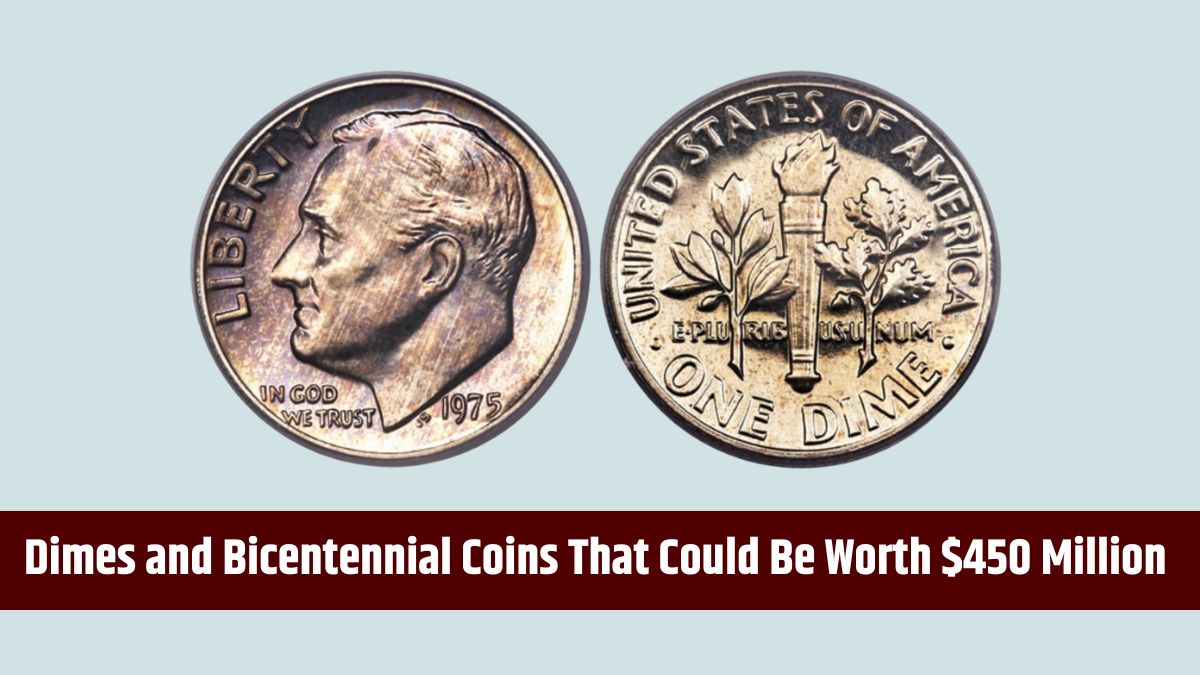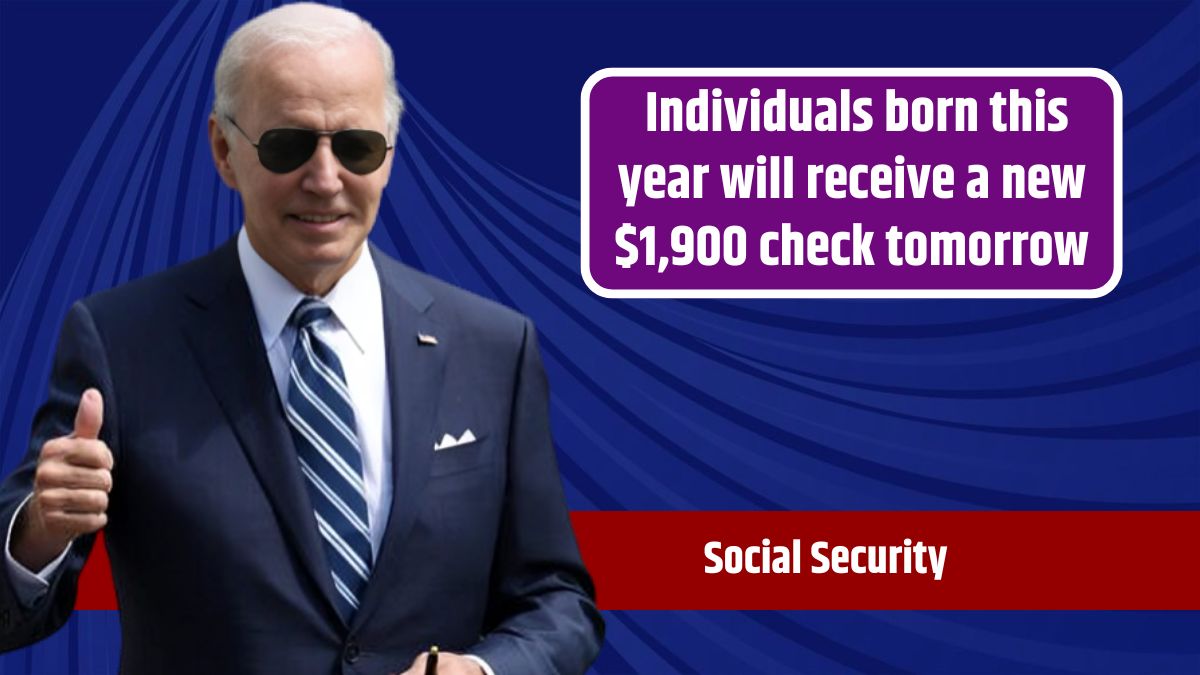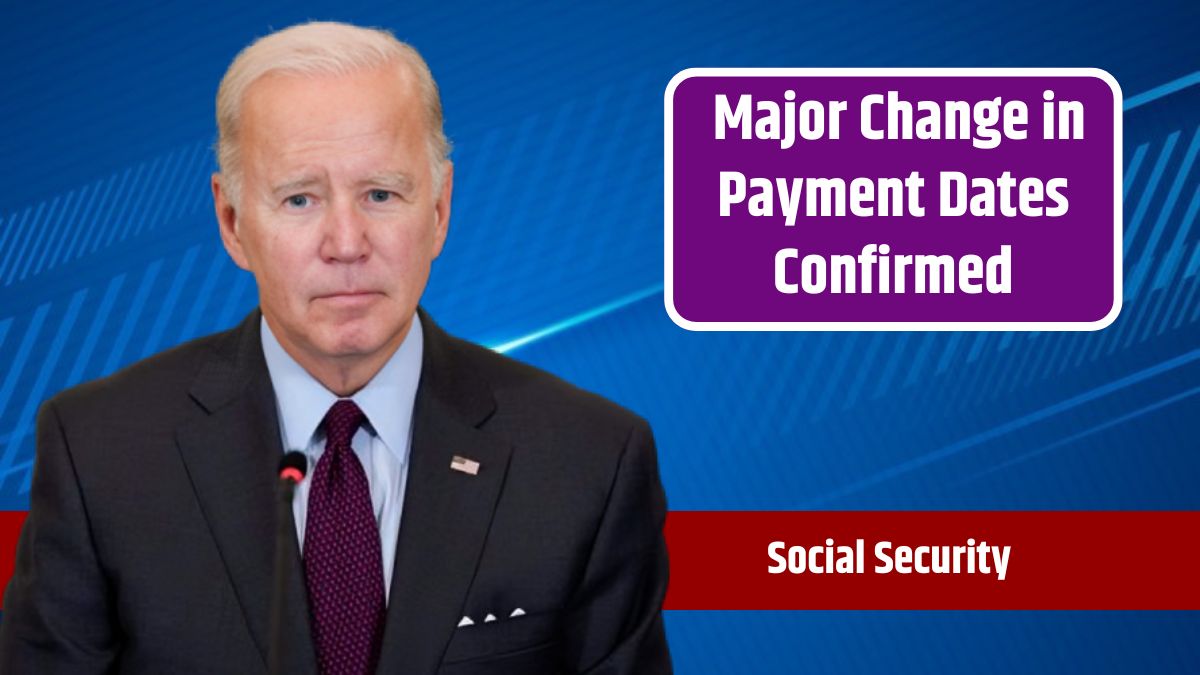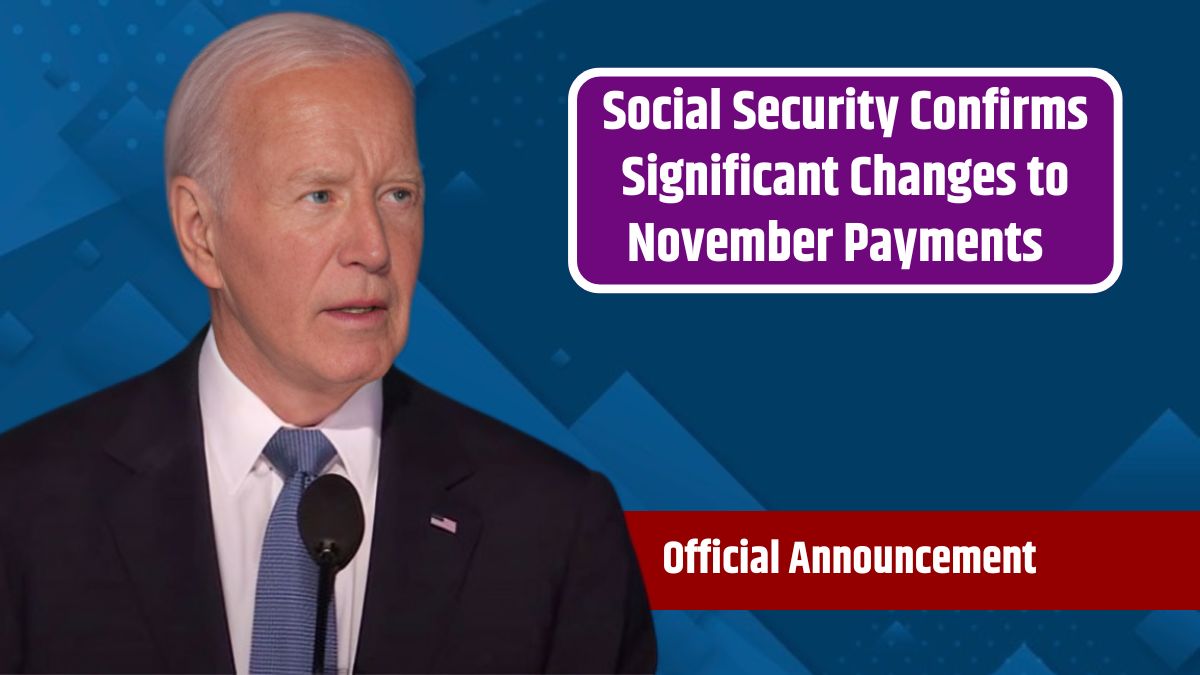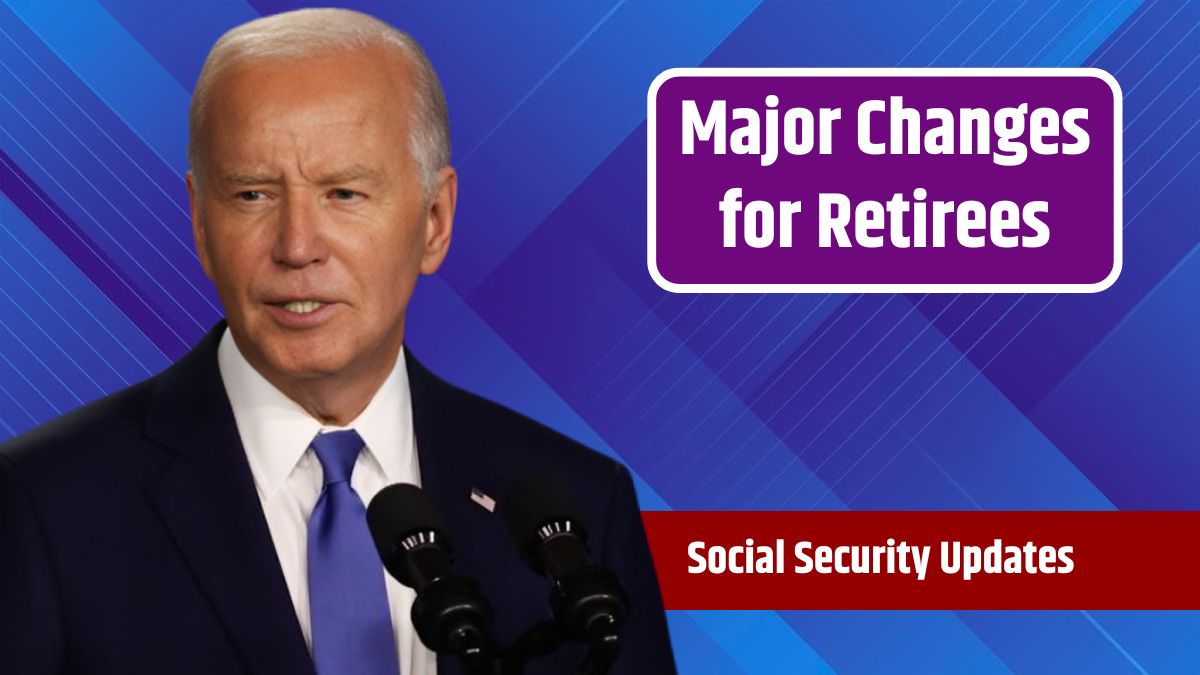If you’re a disability benefit applicant, you might be wondering whether it’s possible to receive both Supplemental Security Income (SSI) and Social Security Disability Insurance (SSDI) simultaneously. The answer is yes, but it depends on meeting certain conditions set by the Social Security Administration (SSA). Let’s break down the requirements and how you can qualify for both benefits in October.
Dual Benefits
The SSA allows individuals to receive both SSI and SSDI if they meet the eligibility requirements for both programs. This situation is often called “concurrent benefits.” To qualify for concurrent benefits, your SSDI payment must be low enough to also qualify for SSI, which is a needs-based program for low-income individuals.
SSDI Criteria
To qualify for SSDI, you must meet the SSA’s strict definition of disability. The SSA will review your condition to ensure it aligns with their criteria. If your disability does not meet these standards, you will not be eligible for SSDI payments.
In addition to having a qualifying disability, you must have a sufficient work history and have paid Social Security taxes. For instance, at age 60, you would typically need to have worked for about 9.5 years to be eligible for SSDI. The average SSDI payment is around $1,537 per month. Many recipients do not qualify for SSI due to their SSDI payments being higher than what is allowed for SSI. Nonetheless, applying is crucial to let SSA evaluate your unique circumstances.
SSI Conditions
The rules for SSI eligibility are a bit different. SSI is designed to help those with limited income and resources. If your SSDI payment is low, you might still be eligible for SSI benefits.
SSI Rules
Some rule changes in September have made it easier for more people to qualify for SSI. These changes could benefit many applicants looking to receive SSI payments in October. To qualify for SSI, you need to:
- Have a low income
- Possess little or no resources
- Meet additional requirements, such as:
- Having a qualifying disability
- Being blind
- Being at least 65 years old
Application Tips
If you have a low SSDI payment, it’s a good idea to apply for SSI as soon as possible. Keep in mind that the SSA may take longer than expected to make a decision, especially with a high volume of applications. If you’re in urgent need of financial assistance, check whether you qualify for expedited benefits to receive support faster.
Final Thoughts
It’s possible to receive both SSI and SSDI, but you must meet all the income and eligibility requirements set by the SSA. While the process can be complex, knowing these guidelines can help you make informed decisions and potentially receive dual benefits.
FAQs
Can I get both SSI and SSDI simultaneously?
Yes, if you meet the eligibility requirements for both programs.
What is the average SSDI payment?
The average SSDI payment is approximately $1,537 per month.
Who qualifies for SSI benefits?
Those with low income, limited resources, a disability, blindness, or age 65 and older.
What if my SSDI payment is too high?
You may not qualify for SSI if your SSDI payment exceeds the income limits for SSI.
How long does it take to get approved?
The approval process can take several months, but expedited benefits may be available in urgent situations.
